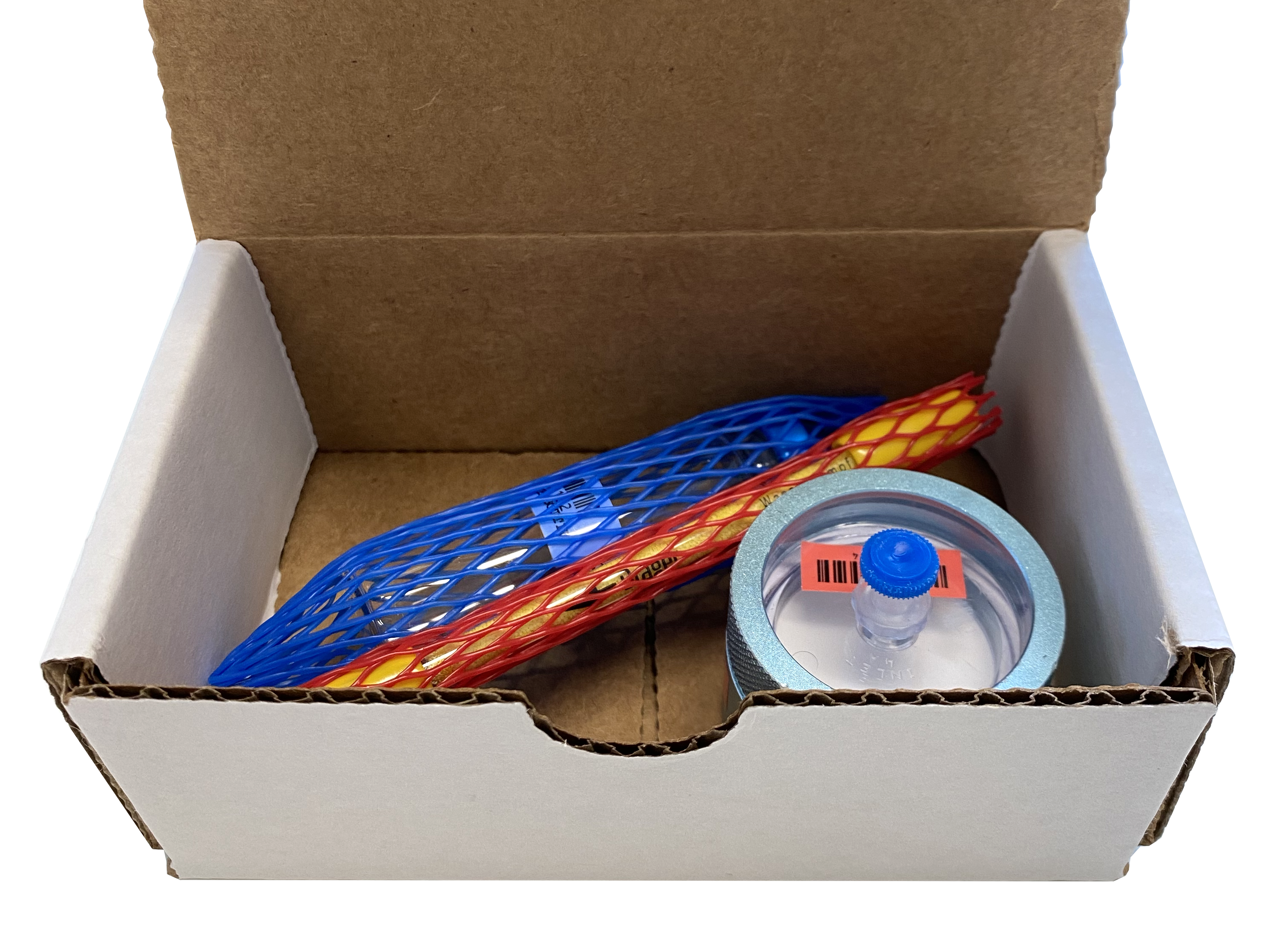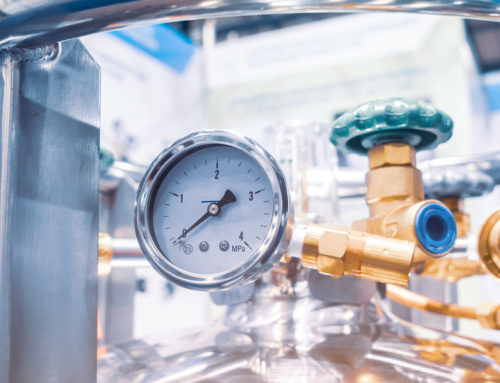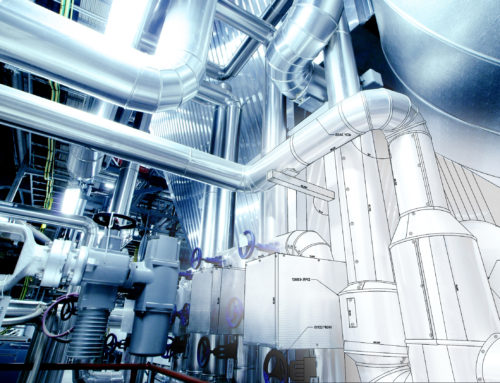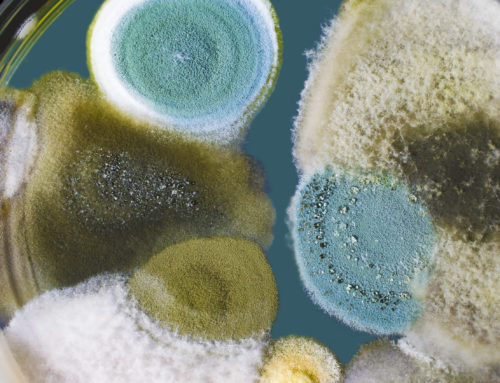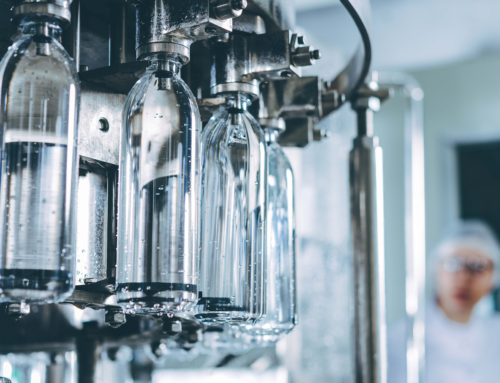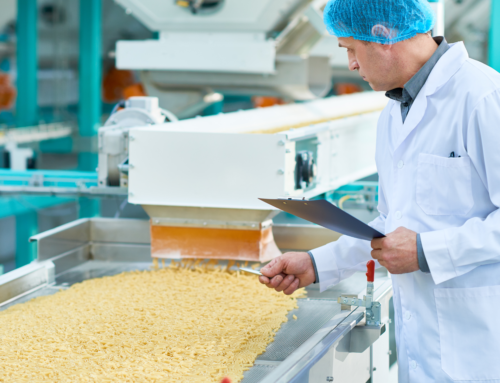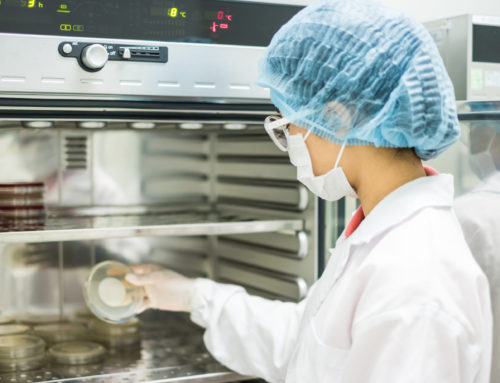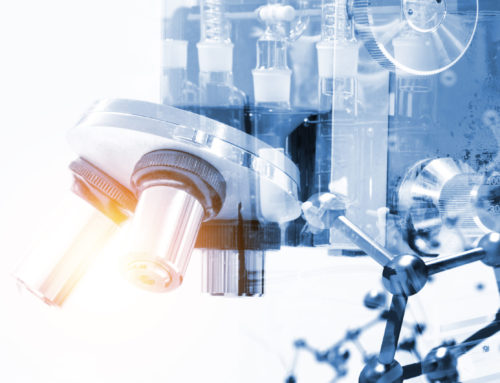The International Food Safety & Quality Network (IFSQN) and Trace Analytics LLC detail the process involved with testing particles, water, and oil in compressed air or compressed gas. If SQF, BRC, FSSC 22000 and PrimusGFS schemes require monitoring, but do not establish purity limits, nor do they provide guidance on how to accomplish this requirement, how should you go about complying with the requirements for routine monitoring of compressed air?
What are the potential contaminants in compressed air at your facility?
Where to Sample
- Sampling location varies depending upon whether you’re testing to meet routine requirements or if you’re troubleshooting a problem.
- After point-of-use (POU) filters for routine monitoring
- Critical control points
Establishing a Monitoring Plan
A monitoring plan can verify that your compressed air quality is in a state of control and will not contaminate your product. Typical ambient air contains millions of inert particles, 5-25 grams of water, 1-5 micrograms of oil, and tens to hundreds of bacteria per cubic meter. The odds of contamination entering your system are against you from the beginning.
Perform a risk assessment to identify your specific areas of concern and to determine what to test for
- Determine frequency of testing
- Identify the number of sampling points
- Define the acceptable purity limits
Another method used to determine these factors is the performance of baseline analyses. You can establish a baseline using ISO 8573-1:2010 (particles, water, and oil) purity limits at various points throughout your facility.
Benefits of baseline testing:
- If you are unsure what purity class you should adhere to, and want a starting point for evaluation
- Verify that the quality of air matches the type of filtration installed at your facility
- Perform a trend analysis with sufficient data points
- Make an educated decision on whether the air quality is acceptable for all product lines or if improvements are necessary
For more assistance on monitoring program suggestions reference Food and Beverage Grade Compressed Air Best Practice Guideline 102 [2] from the British Compressed Air Society (BCAS) or read more here.
Particle Testing
Using ISO 8573-1, for purity classes 1-5, particles are measured by their size and quantity. Typically, compressor or filter manufacturers recommend filters for particle and oil removal to meet class 1 or 2 for the food industry.
- To measure particles as small as 0.1 um, a calibrated laser particle counter (LPC) is required. LPC is extremely helpful when a particle contamination problem exists. The laser particle counter can be used to rapidly sample multiple locations with on-site test results, and is therefore ideal for troubleshooting.
- Particles sized at 0.5 um and larger can be sampled easily using a filter membrane inside a filter housing and passing a known volume of the compressed air over the membrane.
- For purity classes 6, 7 and X, particles are measured by weight only. As noted in ISO 8573-1:2010 A.3.2.2 Particle classes 6 and 7 are intended for air systems using general purpose filters which are not the type of filters typically installed for critical applications.

